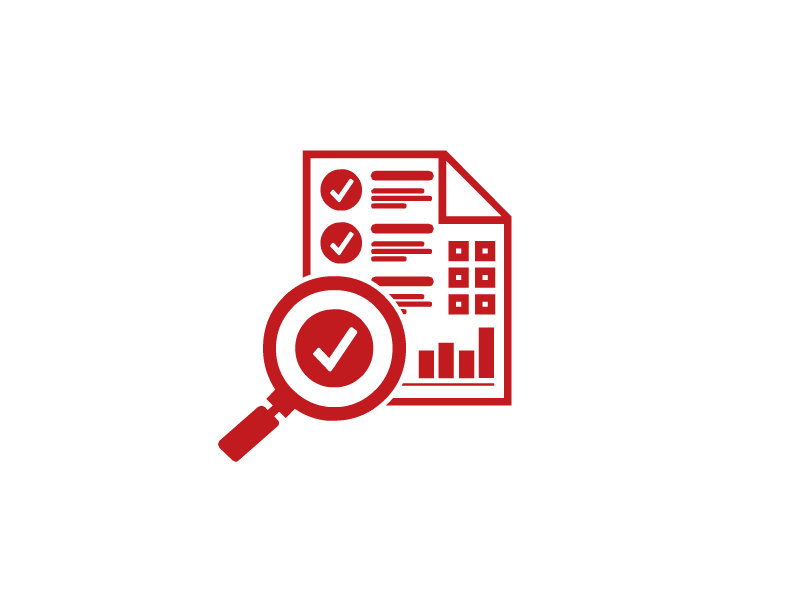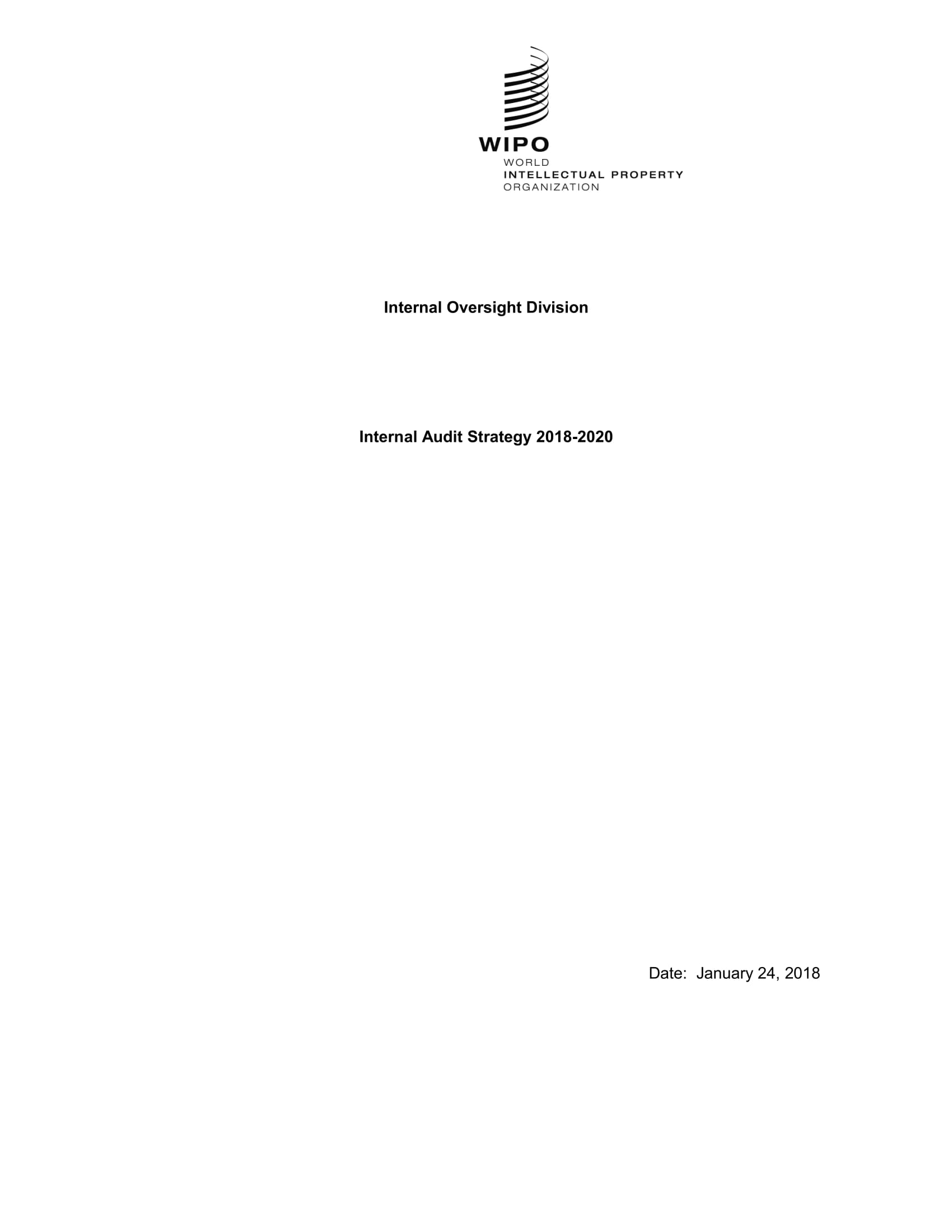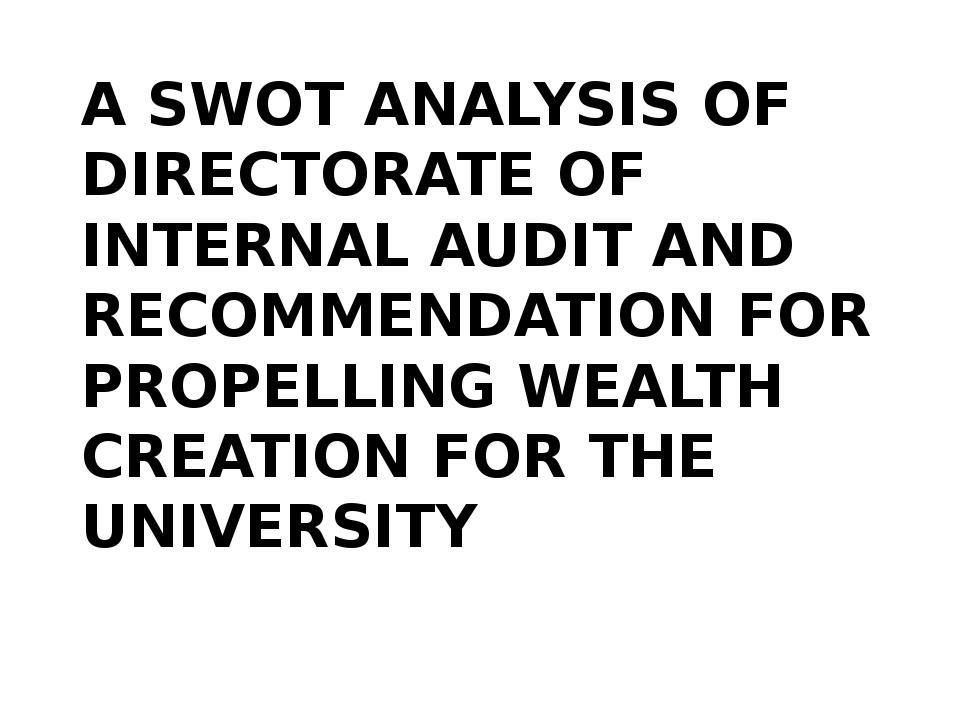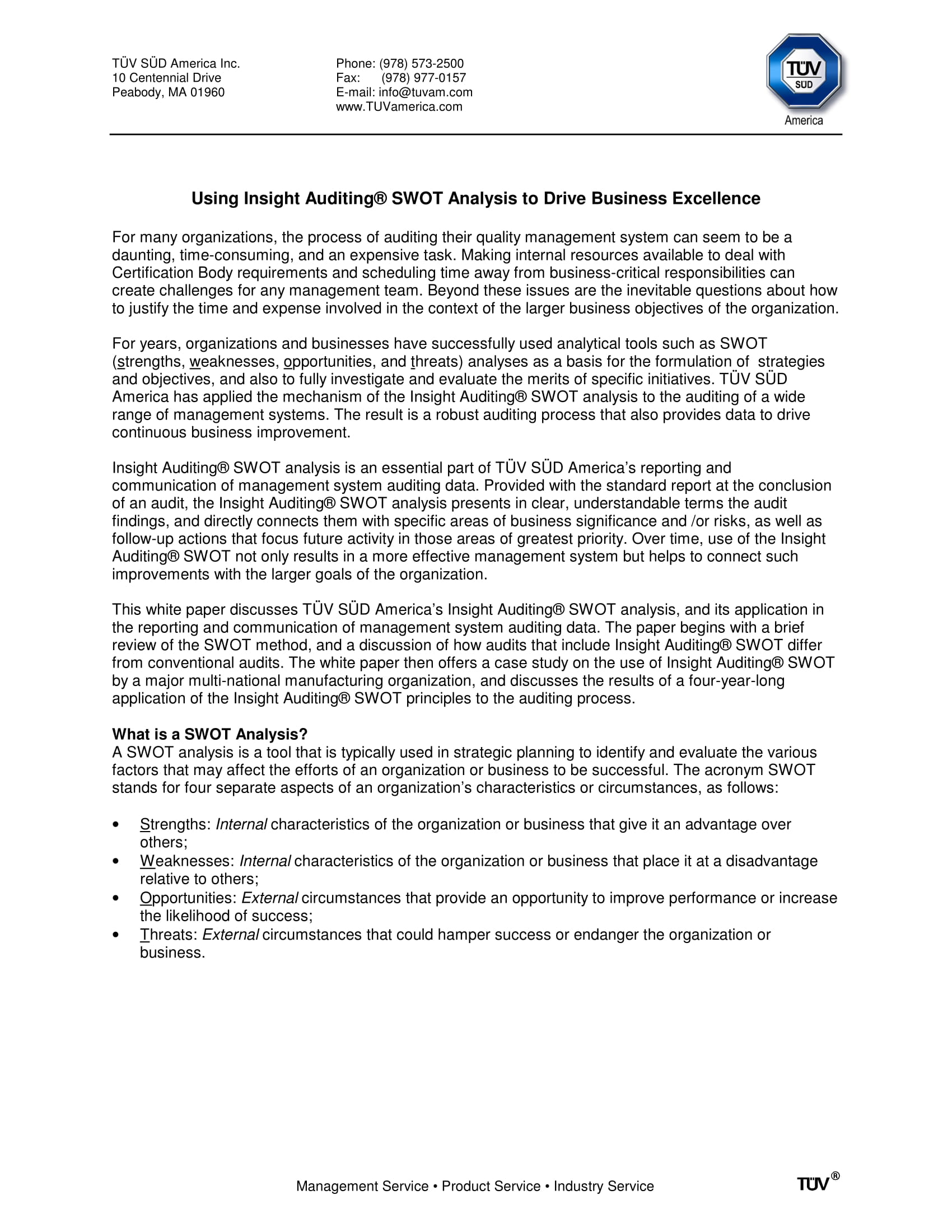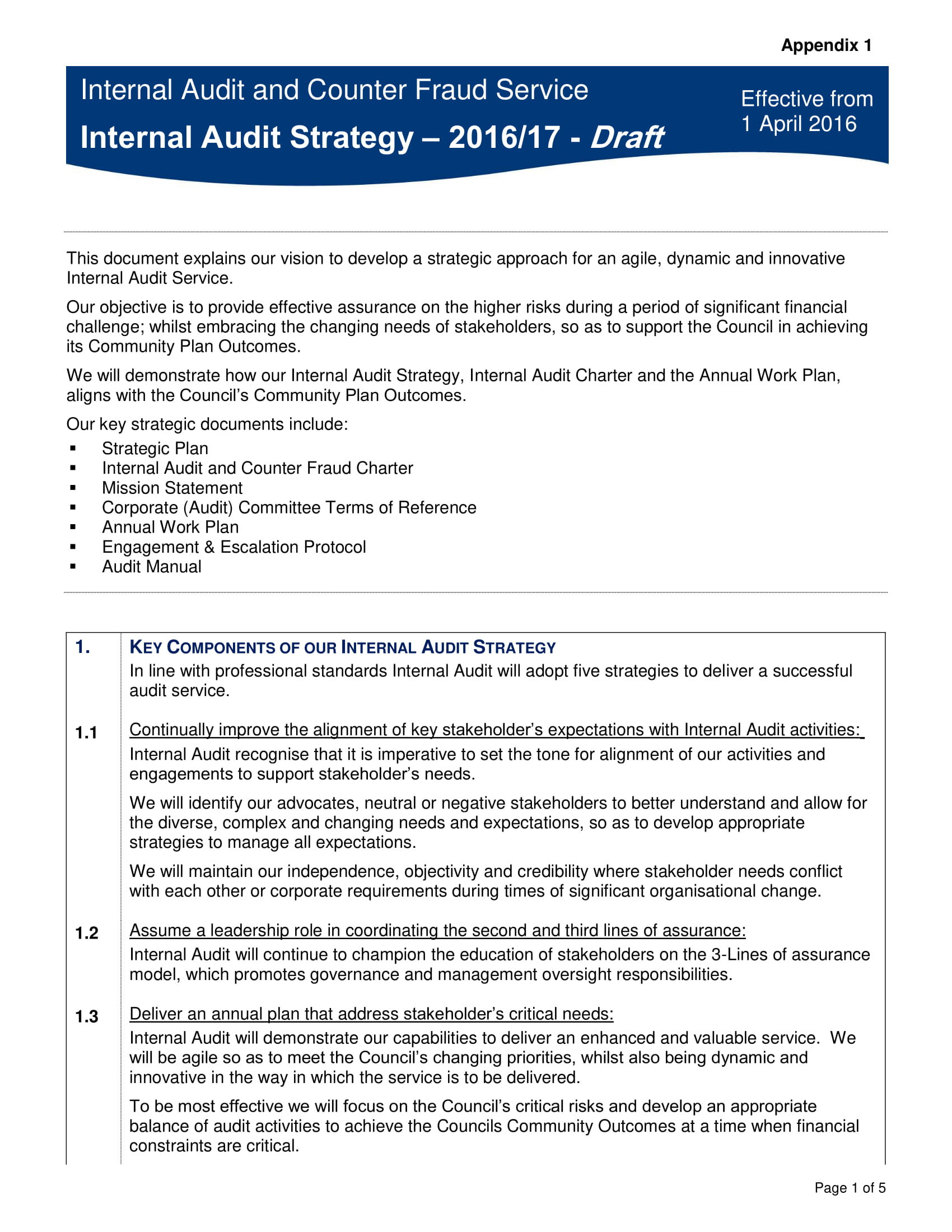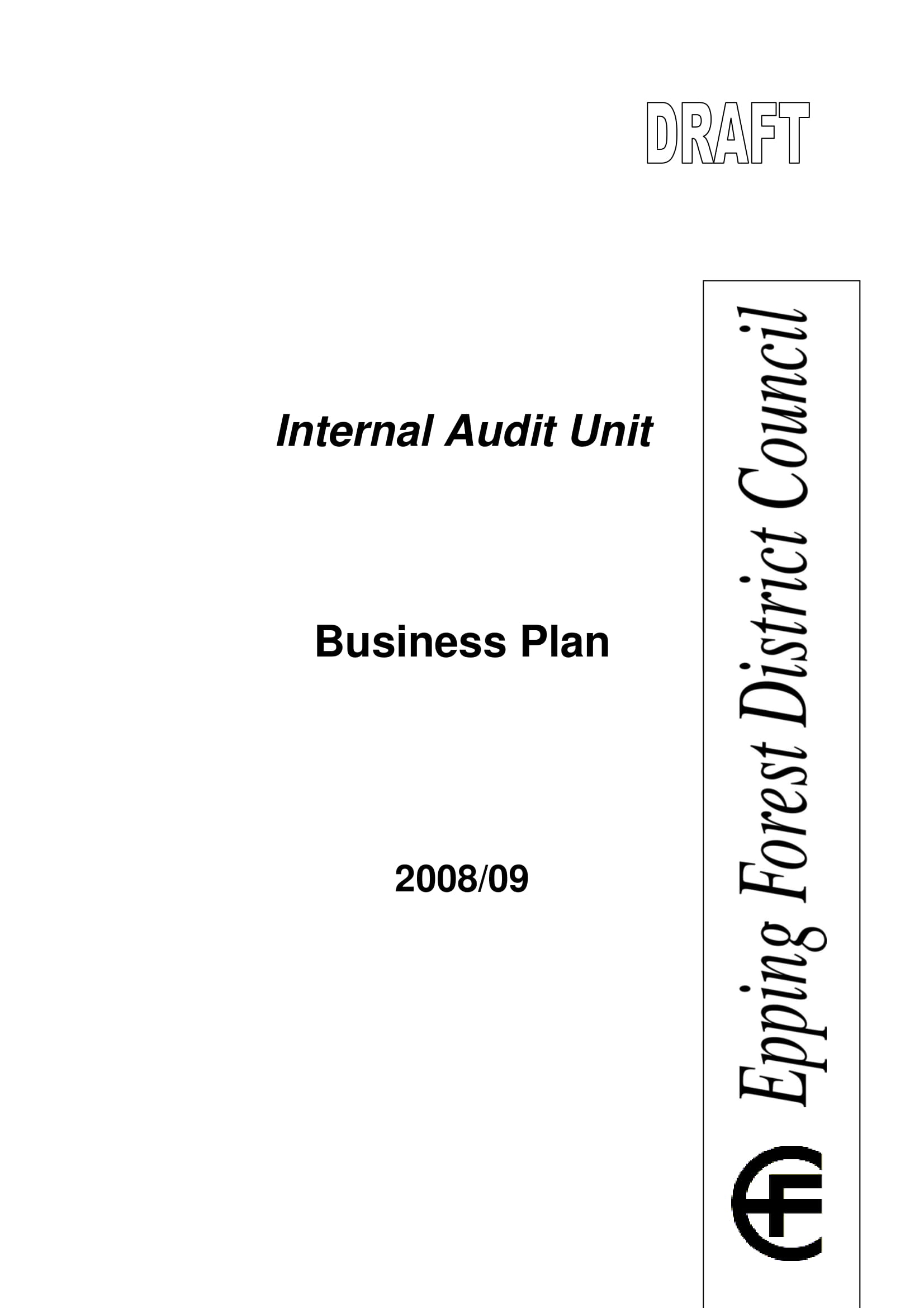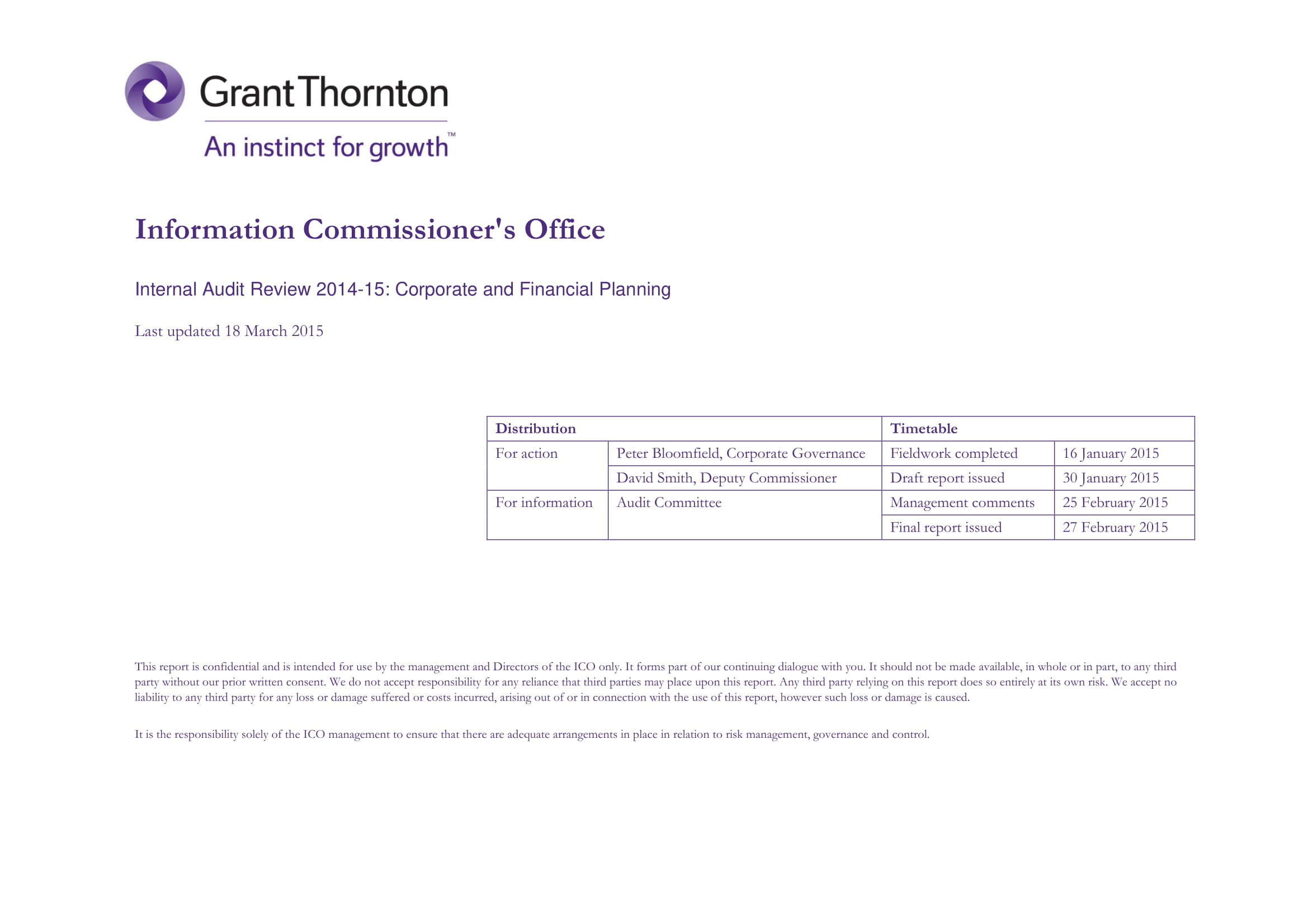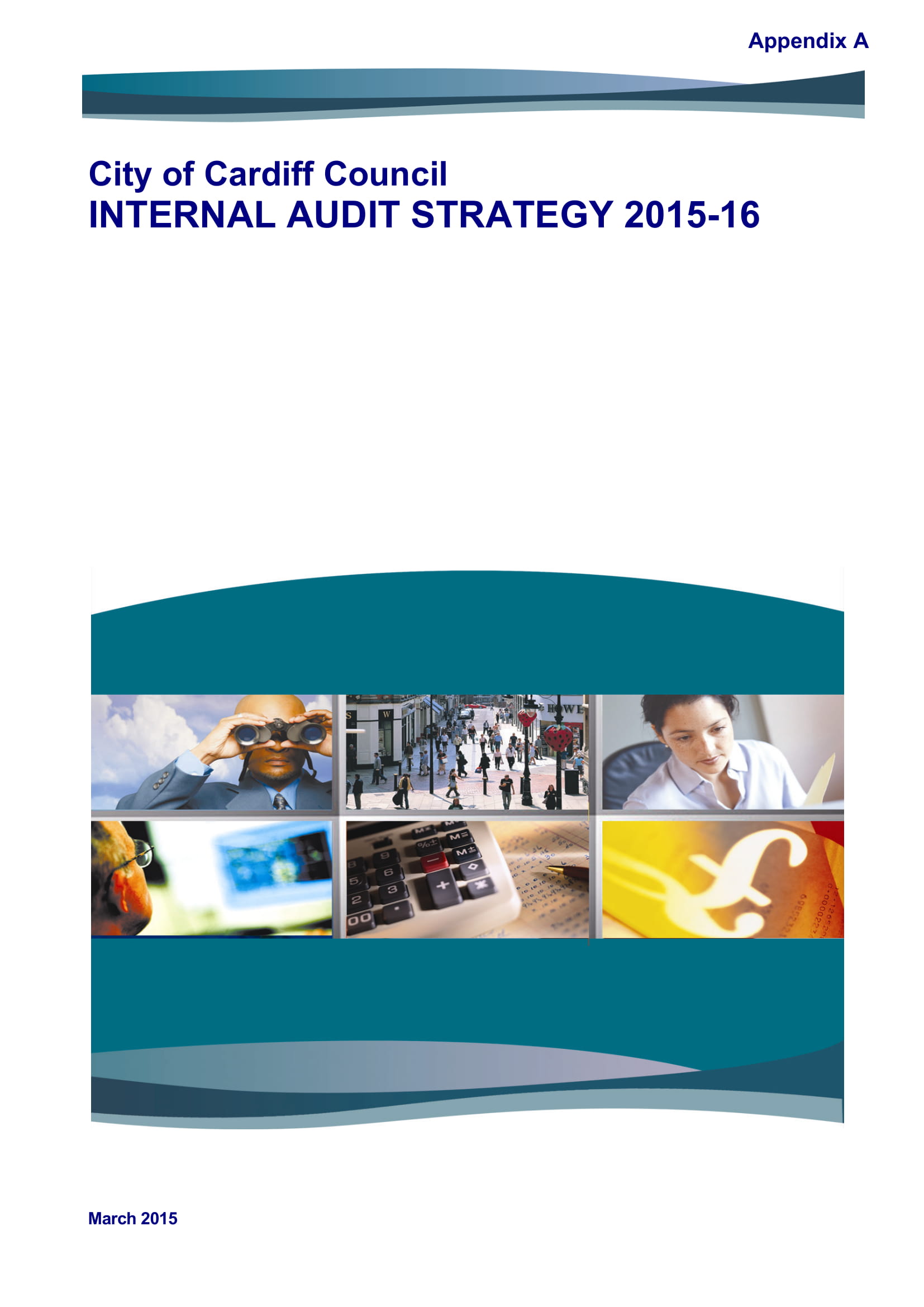10+ Internal Audit SWOT Analysis Examples to Download
In an organization or an entity, its activities must be monitored, examined, and assessed in order to add value to the company or to identify issues with regard to its operation. This process is the so-called internal audit. An internal auditor must be responsible in performing these tasks and see to it that his or her assessments would lead to improvement or enhancement of the entity.
So what then is the role of an external auditor? An external auditor is way different than internal auditor in a way that the internal auditor is involved in making ways to improve the system of an entity, while an external auditor must possess professional skepticism in his or her assessment to the audit of the internal auditor and he or she is not attached to the entity being audited.
Internal Audit SWOT Analysis Example
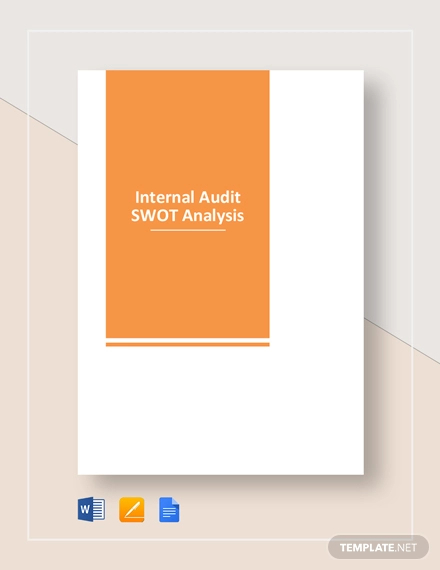
In an internal audit, traditionally, a SWOT analysis is performed to measure the strengths, weaknesses, opportunities, and threats faced by the entity. Hence, to give you examples of internal audit SWOT analysis, the next section will present several examples of such.
Detailed Internal Audit Strategy and SWOT Analysis Example
Directorate of Internal Audit SWOT Analysis Example
Insight Internal Audit SWOT Analysis Example
What Is Internal Audit?
An internal audit is an independent, objective assurance and consulting activity designed to add value and improve an organization’s operations which include the examination, monitoring, and analysis of activities related to a company’s operations, including its business structure, employee behavior, and information systems. It helps an organization accomplish its objectives through a systematic approach.
There are internal audit regulations like the Sarbanes-Oxley Act of 2002 which increased the requirements in performing internal audits as audits are important components to identify issues with regard to a company’s status and financial performance. Internal auditing also provides value to the management as an objective source of independent advice.
Internal auditors are the ones employed by organizations to perform internal auditing activity.
Tasks of an Internal Auditor
Generally, internal audits are performed to ensure that the company will continue to prosper and is going to survive in a competitive business environment. They gather information with regard to the company’s operations and use them to show in which area is the entity doing well and how can it improve. Hence, the tasks of an internal auditor are as follows:
- Study and learn company policy and procedures
- Review programs to assess whether results are consistent with established objectives and whether the operations are being carried out as planned
- Review the organization’s compliance with policies and procedures for sound accounting process and with state and federal policies and laws
- Monitor, analyze, and assess the risks and controls of the organization
- Make reassurances and recommendations to the organization or key personnel
- Verify the existence of assets and recommend proper safeguards
- Evaluate the adequacy of the system of internal controls
- Recommend improvements in the internal controls
- Investigate reported occurrences of fraud, embezzlement, theft, and waste
- Perform timely implementation of risk-based internal audits as directed by controller complying with annual audit plan
- Conduct risk evaluation of assigned functional area or department within a certain time frame.
- Contribute to Office of Internal Oversight as well as Evaluation Services risk evaluation of internal audit of organization
- Perform audit with regard to financial, operational, and administrative processes and systems
- Evaluate internal audit suitability, efficiency, and cost effectiveness
- Identify the level of conformance with established rules, regulations, policies, and procedures
- Examine the validity and reliability of accounting data and report any deviations
- Identify internal audit control environment enhancement opportunities
Internal Audit and Counter Fraud Service and SWOT Analysis Example
Internal Audit Business Plan and SWOT Analysis Example
Internal Audit Manual and SWOT Analysis Example
Breaking Down the Components of a SWOT Analysis
Strengths, weaknesses, opportunities, and threats (SWOT) analysis is sometimes called an internal-external (IE) analysis or matrix for it shows the internal features of an entity, its strengths and weaknesses, as well as the external factors, the opportunities and strengths.
Here is a brief discussion for each its component:
Strengths
In identifying your strengths, you can list down the organization’s characteristics and think about its impact to the people connected to your entity. You must also think about them in relation to your competitors.
Here are the top questions you can ask in determining your strengths:
- What are the advantages in your organization?
- What can and do you do better than the competitors?
- What lowest-cost resources can you draw upon that others cannot?
- What do others see as your strengths?
- What is your organization’s unique selling proposition?
Weaknesses
Weaknesses are sometimes hard to determine since there are times that you do not want to acknowledge your lapses. However, you need to identify them in order to apply corrective actions or to do something about them.
There are some questions you can ask yourself to identity your weaknesses:
- What are the factors that lead you to lost sales?
- What could you improve?
- What should you avoid?
- What do people see as weaknesses?
Opportunities
You must be keen in spotting opportunities for your company for you might have missed some good opportunities that may come your way. You must look at your strengths and ask yourself if these open up any opportunities. Furthermore, you must look at your weaknesses and assess if these could open up opportunities if these will be eliminated. You may also ask yourself the following questions:
- What are the interesting trends that you are aware of?
- What doors are open for you to get out and grow?
- What good opportunities can you spot?
Tip: you can usually spot opportunities in the following:
- Changes in technology
- Changes in markets on a broad as well as narrow scale
- Changes in government policy
- Changes in social patterns, population profiles, and lifestyle
- Local events
Threats
When looking at the possible threats that your company may be facing, you must ensure that you do not overlook external factors. To help you determine the threats, you may ask these questions:
- What are your competitors doing?
- What obstacles are you facing right now?
- Are quality standards for your job, products, or services changing?
- Is the change with regard to technology threatening your company?
- Could any of your weaknesses seriously threaten your business?
Applying a SWOT Analysis in an Audit
When an internal audit is performed, there are certain areas of your business you find not performing well. To have a remedy, a SWOT analysis may help fix the situation by breaking down the problems into specific strengths, weaknesses, opportunities, and threats and isolating ways to rectify the poor audit results.
Preparation
In preparing for your SWOT analysis, you must determine what issue you would like to address. Be specific on this part and make sure to focus on it throughout the analysis. Specifying an issue would help you get focused on the task. In applying actions with regard to the issues, it is better that this must be done with the help of an action plan. Action plan will specify the step-by-step guide in something that you want to achieve. This will also specify which things must be prioritized over the others. In this way, your time will be used well and you are effecient and effective in what you are doing.
Then, apply them and make a planned action with regard to your strengths ang weaknesses as well as the outside opportunities and threats.
Strengths and Weaknesses
Look at the internal capabilities and resources of your entity that you can determine as discussed above. Once you have determined these, this will give you a hint on the things that you need to continue doing and still find ways to do more about it because those are the strengths of your company.
Opportunities and Threats
For opportunities and strengths, just as has been discussed, the factors are outside your business headquarters. This will inform you with regard to the things that are beyond your scope and uncontrollable, but there is still you can do about it—you can look for opportunities that your company can benefit and you must be ready in facing the threats.
Internal Audit Planning and SWOT Analysis Example
Internal Audit Strategy and SWOT Analysis Example
Internal Audit SWOT Analysis and Strategic Planning Example
Simple Internal Audit SWOT Analysis Example
Sum Up
In general, internal audits are needed in order to assess the company’s financial status and analyze its operations such as the business structure, employee behavior, and information system to identify key and bottleneck issues.
The internal audit must be performed with SWOT analysis to have a systematized procedure in determining the strengths, weaknesses, opportunities, and threats of the company. SWOT is a great way to kick-start the strategic planning process. Use what you learned from the discussion above to come up with a strategy so you can move forward. Look for opportunities that are promising and pursue them. Note the weaknesses that are correctable and the ones that need a more serious intervention or a change.
Lastly, all these must be planned, performed, and properly implemented well for them to be effective. Don’t forget to refer to the examples above for internal audit SWOT analysis.


